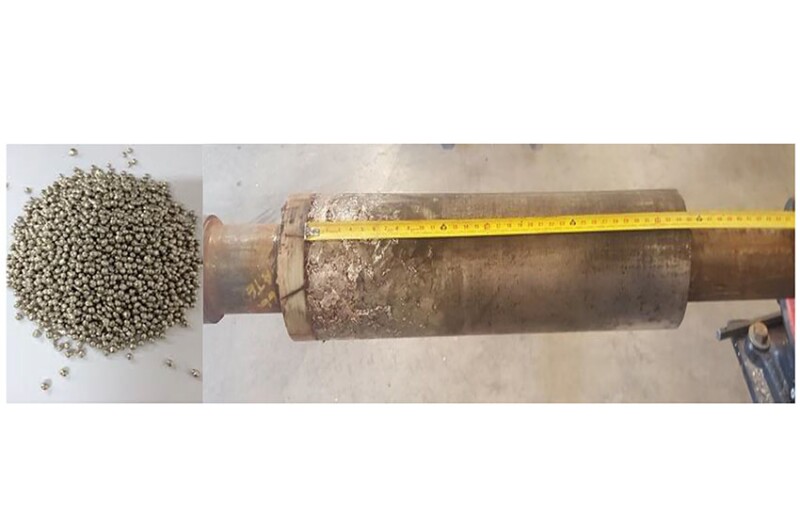The complete paper defines the conditions for optimized well-diagnostics investigation, allowing preservation of resources and minimization of response time to well failure. It also describes a rigless solutions for common well-barrier failures and lessons learned from the operator’s field trials. This information is valuable for companies aiming to optimize their sustained annulus pressure (SAP) well-management process. The main objective of the paper is to identify scenarios in which the failed barrier element can be recognized from surface data alone.
SAP Management
Well-diagnostic activities can be divided into two classifications: surface activities and subsurface activities (well interventions). Common surface investigation activities include the following:
- Bleedoff/buildup test
- Sampling and analysis of the effluent
- Wellhead seal test
- Revision of well history
- Leak-rate measurements
- Echometer surveys
- Pressure tests
- Tracers
Subsurface well diagnostics may include the following:
- Pressure and temperature surveys
- Corrosion logs
- Leak-detection logs
- Mechanical communication tests
- Fiber-optic surveys
- Various slickline tools
- Installation of downhole gauges
Root Cause Analysis (RCA) of Premature Well-Barrier Failures
For wells with premature integrity failures (when the failure occurs within 10 years of the last rig entry), a new RCA process was implemented.


